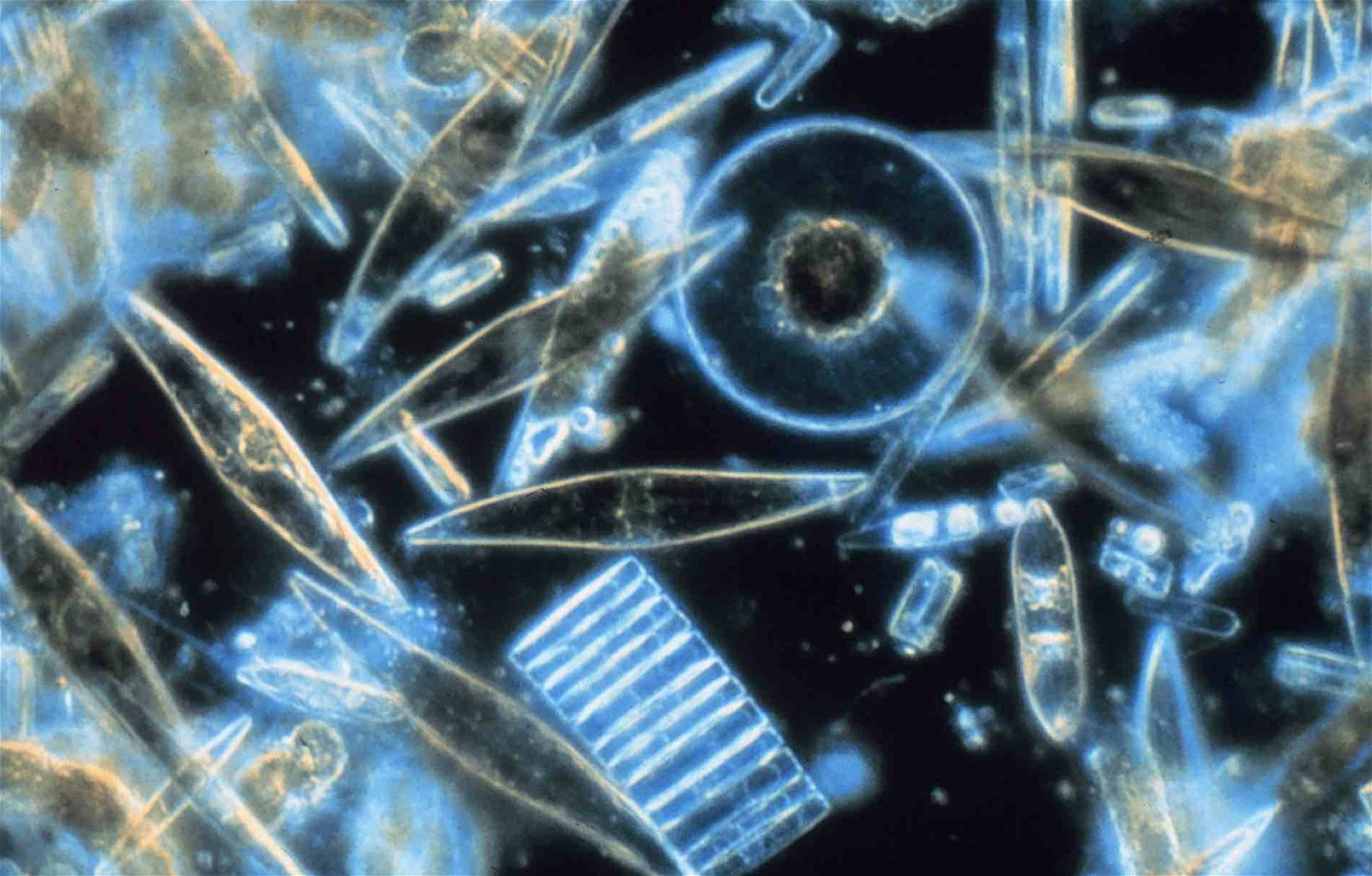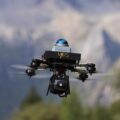The Defense Advanced Research Projects Agency (DARPA) has launched an ambitious effort to harness the power of microscopic marine organisms to power remotely deployed naval sensor platforms.
The initiative, known as the “BioLogical Undersea Energy” or “BLUE” program, seeks to revolutionize the capabilities of ocean-deployed sensor technologies by developing self-refueling power supplies that run on dissolved organic matter abundantly found throughout the world’s oceans.
“The BLUE program seeks to develop technologies to continuously provide electrical power that will expand the capabilities of remote, ocean-deployed sensor systems,” reads documents issued to prospective industry partners. “Such systems hold great potential for national security, understanding dynamics of marine environments, and monitoring marine climate change.”
According to a solicitation notice issued last week by DARPA, the BLUE program is driven by the recognition that current battery-powered sensor systems face limitations due to their finite energy capacity and frequent need for recharging or swapping of batteries.
Replacing batteries for some underwater sensors can present significant logistical hurdles and even risks to personnel and equipment. This is particularly evident in scenarios involving covert sensor systems that monitor strategic waters adjacent to a potential foreign adversary.
By exploring alternative energy sources derived from marine biomass, DARPA seeks to overcome these challenges and unlock new remote marine monitoring and surveillance possibilities.
Specifically, the BLUE program will target microscopic forms of marine biomass, including dissolved organic matter, phytoplankton, bacteria, and microscopic zooplankton, as potential electrical power sources.
Unlike approaches utilizing macroscopic biomass, such as seaweed or kelp, BLUE will focus solely on harnessing energy from the abundant and diverse microorganisms in marine environments.
“It is our hypothesis that the energy requirements of many ocean-deployed systems can be met by development of an onboard device that converts marine biomass into simple fuels and then converts those fuels into operational power,” Dr. Leonard Tender, BLUE program manager, said in a statement issued by DARPA.
Using natural processes to convert organic waste into usable energy is hardly a novel idea.
Anaerobic digestion, a process where microorganisms break down biodegradable material without oxygen, is a significant source of renewable energy and biofuel production. The International Energy Agency reports that biofuels currently contribute to over 3.5% of the world’s transport energy, with projections indicating a 150% increase by 2030.
This is also not the first time the Pentagon has tried to recruit marine life to serve out U.S. national security interests. A previous DARPA effort, the “Persistent Aquatic Living Sensors” or “PALS” program, sought to use marine animal behavior as a way of monitoring strategic waters, including tracking adversarial subs.
Nevertheless, DARPA’s aim to replicate biofuel production within a self-contained underwater system is unprecedented. While innovative, this ambitious endeavor could likely encounter some engineering hurdles, primarily due to the intricacies of operating in remote marine environments.
To meet program requirements, a power supply must sustain at least 0.1 kW average continuous power for over a year while remaining fully submerged. The device should also be compact enough to fit within the specified size and weight constraints of a form factor of less than 180 liters or 440 lbs.
Crucially, the power supply should be expected to self-refuel on marine biomass, offering a persistent and sustainable energy solution for remote sensor systems in oceanic environments.
As with most programs run by the Pentagon’s brain trust, DARPA does not elaborate on what times of sensor platforms a new microscopic marine power supply might fuel. However, solicitation documents repeatedly mention the need for systems to operate underwater and be capable of independently providing consistent power for “at least one year.” The microscopic marine organisms fueling the system must also be “sufficiently abundant” in locations identified through sources such as satellite imaging.
“Currently, batteries are the most deployable technology, but they are not increasing in energy density fast enough to achieve the desired level of performance in the foreseeable future,” solicitation documents note.
DARPA clarifies that alternative fuel sources such as aluminum, diesel, and hydrogen fall short of the energy density required by expected future systems. Additionally, solar energy is mentioned as lacking the power density to support “highly capable payloads” for extended durations.
The BLUE program is being run out of DARPA’s Biological Technologies Office (BTO), with an initial timeline spanning 30 months. The program will begin with an environmental and ecological impact analysis and conclude with an expected “tech handoff to [a] government team” in the summer of 2026.
By tapping into the vast potential of microscopic marine biomass, DARPA aims to achieve a novel and sustainable power supply solution for remote ocean deployments.
If successful, DARPA believes converting microscopic marine organisms into energy can offer “transformative and significant improvements over state-of-the-art batteries,” allowing for high capability and long endurance remote sensor missions without frequent servicing or recharging.
In a statement, BLUE manager Dr. Tender underscored the significance of the program’s overarching goal, stating, “Achieving battery-level power persistently and while fully submerged would be a game changer.”
Tim McMillan is a retired law enforcement executive, investigative reporter and co-founder of The Debrief. His writing typically focuses on defense, national security, the Intelligence Community and topics related to psychology. You can follow Tim on Twitter: @LtTimMcMillan. Tim can be reached by email: tim@thedebrief.org or through encrypted email: LtTimMcMillan@protonmail.com

